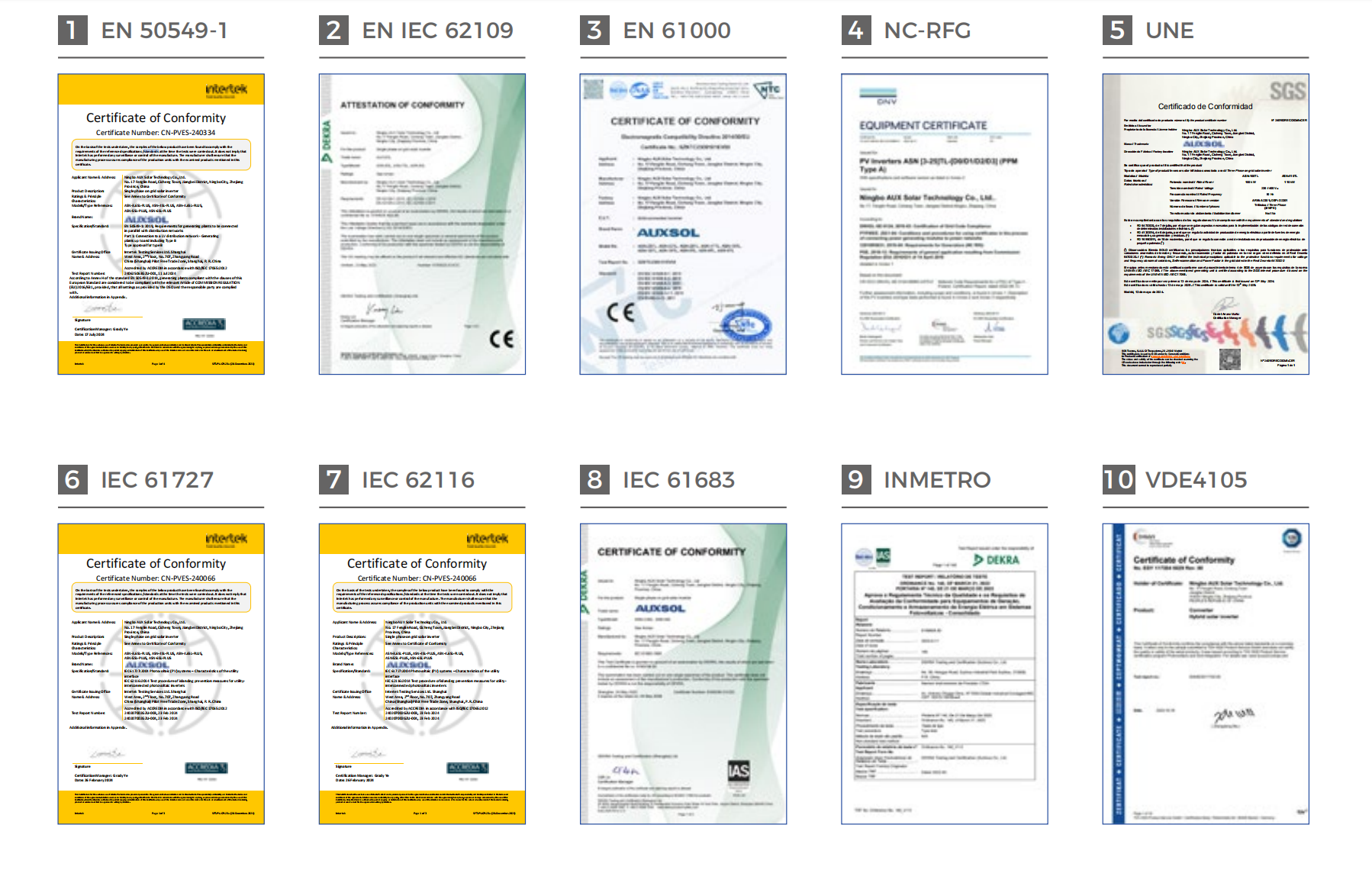What Are the Three Types of PV Systems?
PV systems rely on inverters to convert the direct current (DC) electricity generated by solar panels into usable alternating current (AC) electricity. There are three primary types, each with unique features tailored to different applications:
1. String Inverters: These are the most common and cost-effective option, where multiple solar panels are connected in a series (a "string") to a single inverter. String inverters are ideal for, unshaded installations as they centralize conversion, simplifying maintenance.Microinverters: Attached to each individual solar panel, microinverters allow for independent operation.2. Central Inverters: Designed for large-scale C&I or utility projects, central inverters handle high power capacities by connecting to multiple strings of panels. They offer economies of scale but require careful design to avoid single points of failure.
How Does a PV Inverter Work?
At its core, a PV inverter transforms DC electricity from solar panels into AC electricity, which powers homes, C&I, and feeds into the grid. Here's a step-by-step breakdown:
1. DC Generation: Solar panels produce DC electricity when exposed to sunlight.2. Conversion to AC: The inverter converts this DC to AC using advanced circuitry, like maximum power point tracking (MPPT) to optimize energy harvest.3. Grid Integration: In grid-connected systems, excess AC electricity is fed back into the utility grid, often earning credits through net metering.4. Monitoring and Safety: Modern inverters include features like intelligent AFCI (Arc Fault Circuit Interruption) to reduce fire risks and real-time monitoring via apps.
This process not only enables renewable energy use but also supports grid stability—making inverters indispensable for sustainable power.
Which Type of Inverter Is Commonly Used in Grid-Connected PV Systems?
In grid-connected PV systems, string inverters are the most prevalent choice due to their balance of cost, reliability, and efficiency. They're widely adopted for residential and small C&I setups because they simplify installation and integrate seamlessly with net metering programs. For example, AUXSOL's grid-tied solutions emphasize ultra-wide voltage ranges and automatic regulation, ensuring uninterrupted operation even in unstable grid conditions.
How to Choose a PV Inverter
Selecting the right PV inverter involves evaluating several key factors to match your specific needs:
1. Efficiency: Look for high conversion rates to maximize energy yield. Oversizing support is a plus for handling panel variations.2. Reliability and Safety: Prioritize IP66-rated enclosures for weather resistance and features like AFCI for fire prevention.3. Scalability: For expandable systems, consider options that allow parallel connections.4. Smart Features: Opt for inverters with real-time monitoring via apps, enabling one-click energy analysis and remote diagnostics.
PV Inverters from China: AUXSOL
When discussing PV inverters, AUXSOL emerges as a standout manufacturer from China, combining decades of expertise with innovative technology. AUXSOL specializes in grid-connected and hybrid inverters, battery packs, and energy storage systems. Their achievements include:
1. Global Certifications: Products are certified under ISO 9001, ISO 14001, IEC, and CE standards, ensuring quality and safety for international markets.
2. Technological Edge: With R&D centers in Ningbo and Shenzhen, AUXSOL focuses on high-efficiency, user-friendly designs, such as low start-up voltages (e.g., 40V for single-phase systems) for early energy generation.3. Sustainability Impact: As a leader in promoting energy reform, AUXSOL supports decarbonization goals with solutions like their all-in-one heat pumps and smart inverters, which have been deployed worldwide, including service centers in Brazil, Poland, and Germany.4. Advantages: Their inverters offer silent operation (<35dB), IP66 protection for harsh environments, and no power derating at 45°C—key for maximizing yield in hot climates.
By integrating AUXSOL's products, users benefit from reliable, efficient energy solutions that drive green transitions, making them a top recommendation for anyone exploring PV inverter options.

